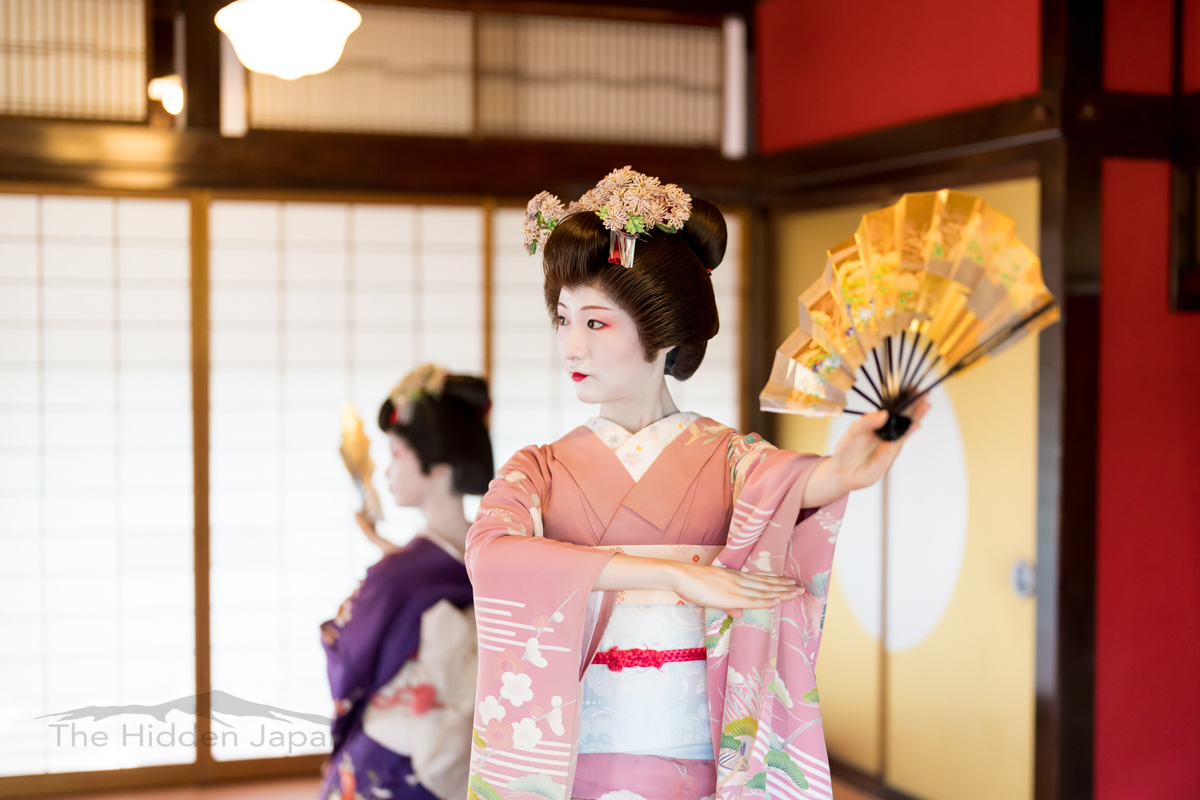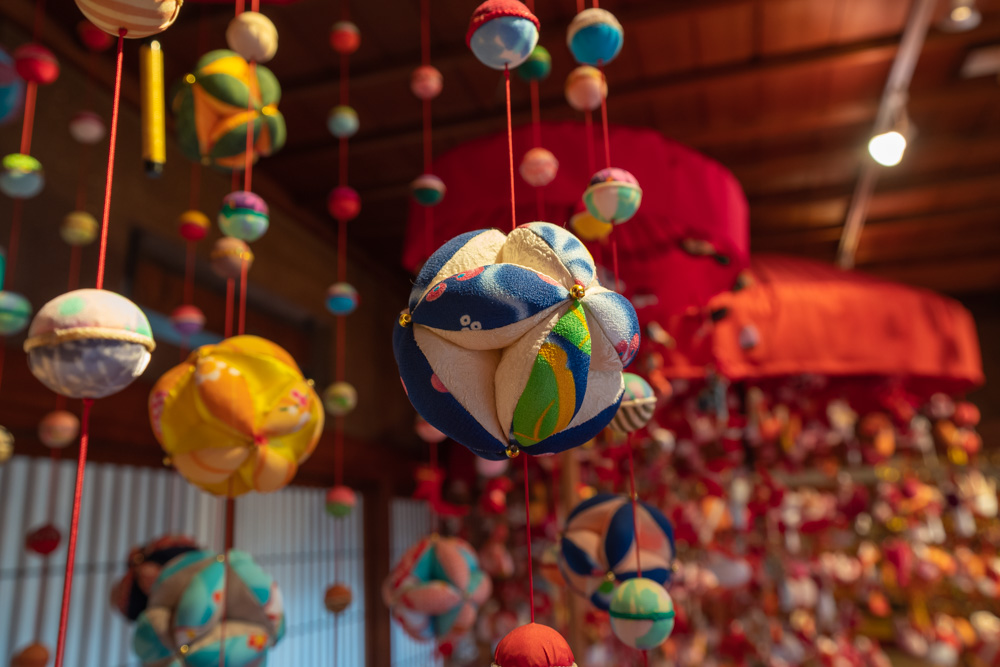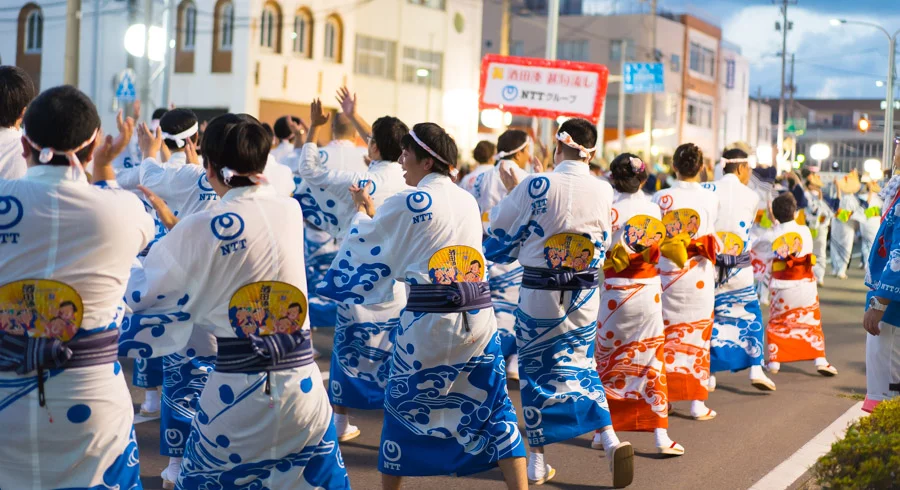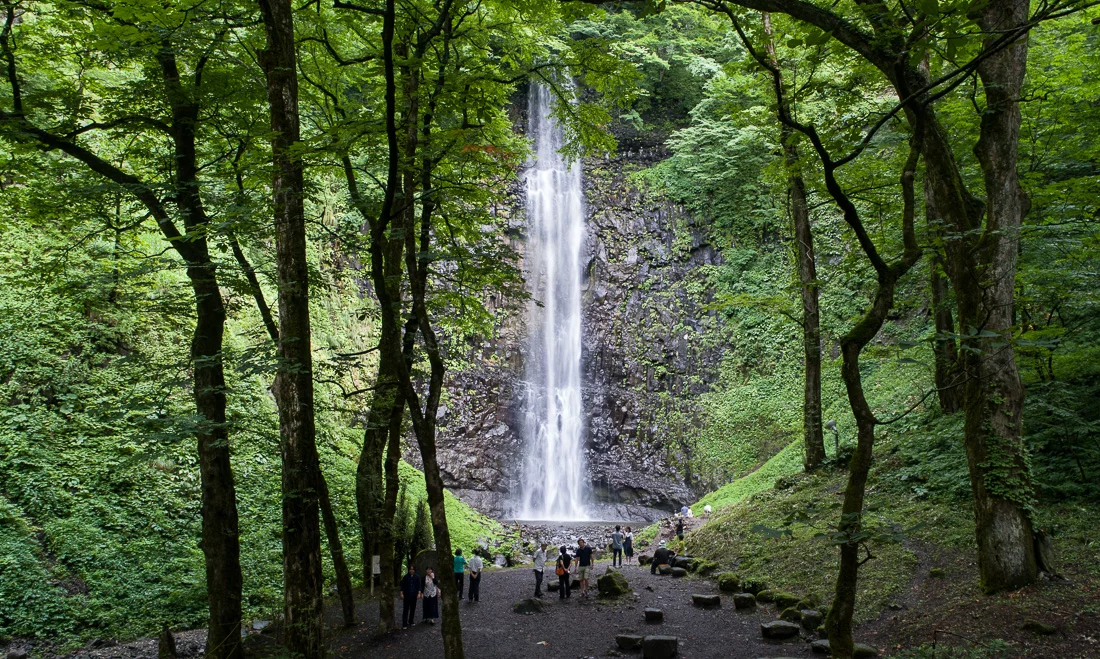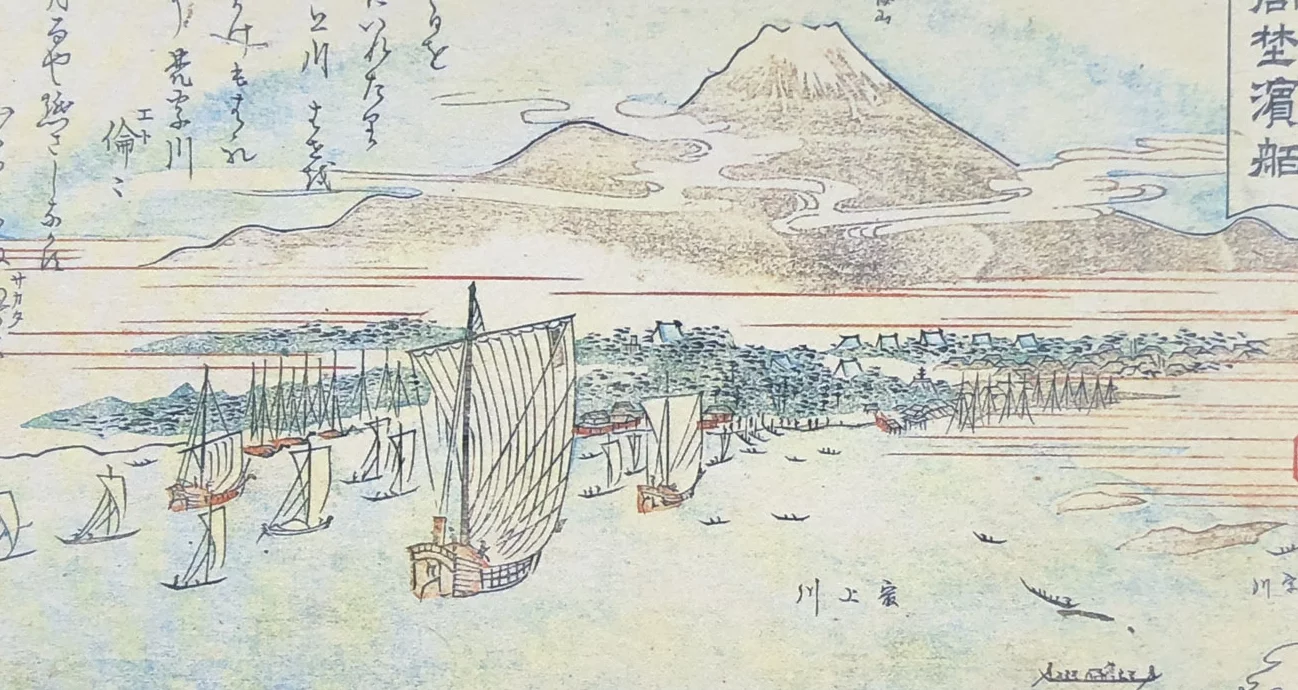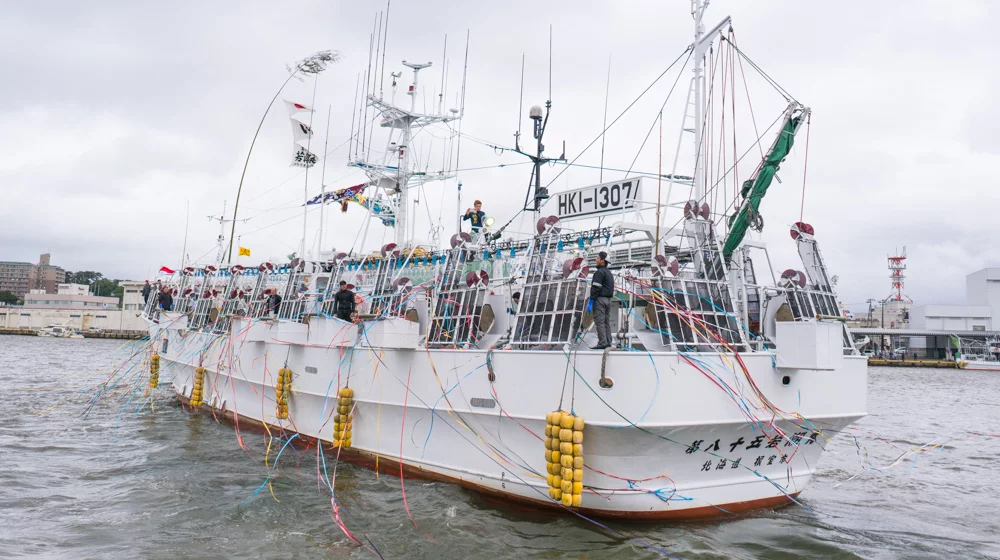
Sakata City
Yamagata Prefecture
The historic port city of Sakata was once a major port city that serviced domestic trade with the rest of Japan during the Edo Period hundreds of years ago. During this time, the richest family of all of Japan called Sakata home and the streets of downtown Sakata were lined with merchant homes and a bustling entertainment district for the many merchants and government officials that did business there.
These remnants of this bygone era of prosperity can still be seen in the many historical museums and sightseeing spots throughout this city. Sakata has also continued to produce some of the finest rice and sake in all of Japan which you can enjoy throughout the city.
Sakata is a port city that prospered thanks to its perfect position where the massive Mogami River flows into the ocean. This allowed it to service the river boats that brought in rice and safflower (flowers used for dying various products red) from inland Yamagata as well as various products from the Shonai Region. From the late 1600s, boats lined the Mogami river to load cargo onto the Japan Heritage Kitamaebune ships. These ships serviced the major cities of Japan including the new capital of Edo (modern-day Tokyo) and its huge need for rice that enriched this entire part of Japan.
Quick Info
Quick Facts
- The main way to reach Sakata City is via train to Sakata Station. This can be reached from Tokyo via first transiting to Niigata Station and then taking an express train to Sakata Station.
- The fastest way to reach Sakata is via taking a short domestic flight from Haneda Airport to Shonai Airport and then taking a short 30 minutes bus ride to Sakata. This is our preferred way of bringing guests to Sakata and the Shonai Region for our tour package clients.
- It is also located next to Mt. Chokai and its vast network of spring water and waterfalls. This includes waterfalls that you can drink from and hikes that take you through the vast beech forests at the base of this beautiful mountain.
- It is a major producer of high-grade rice and sake and this region has the highest consumption rate of ramen in Japan.
Take a Virtual Trip to Sakata City
For those looking for a walking tour of the city, please see our walking guide.
You can also try out this special interactive video with branching paths to explore the downtown Sakata Area and other parts of Yamagata from the perspective of a cruise ship passenger arriving at the Port of Sakata.
A Special Note For Cruise Passengers
Visitors arriving via cruise ship to Sakata will land at the Northern Sakata Port.
This deep water port is located far away from the city center. Walking is highly discouraged, you should instead take a taxi or look into the cruise shuttle bus to reach the downtown area and its attractions.
Please refer below to an aerial map of the port area.
As we are a fully licensed travel agency with an office in Sakata City, we are also happy to arrange full day shore excursions here in Sakata City. Please note that as transportation is in high demand during this time, we only plan trips where we can fully charter a taxi for the day to pick up and drop off at the port. We do not accommodate travelers who seek to use the public bus as this can have wait times of up to one hour. This is not a risk we can take when we need to get guests back to their ship in time for boarding.
Please send us an inquiry via our contact page if you would like to ask about tour plans for your time ashore.
A shuttle bus is the only form of public transportation that operates from the port and only picks up and drops off at one location in the downtown area. It costs roughly 1,000 yen for a roundtrip fare. Taxis are also available from the port.
Rental Cars can also be picked up and dropped off right at the port. Advanced reservation is needed. See the rental page here.

Immerse yourself in Sakata
The influence of Sakata’s history can be felt strongly throughout the town. It was common in those days to entertain guests with food, sake, and Geisha, and this led to several Japanese-style restaurants and Geisha houses being established in the city, of which Somaro and the Sanno Club still maintain that olden-day charm.

